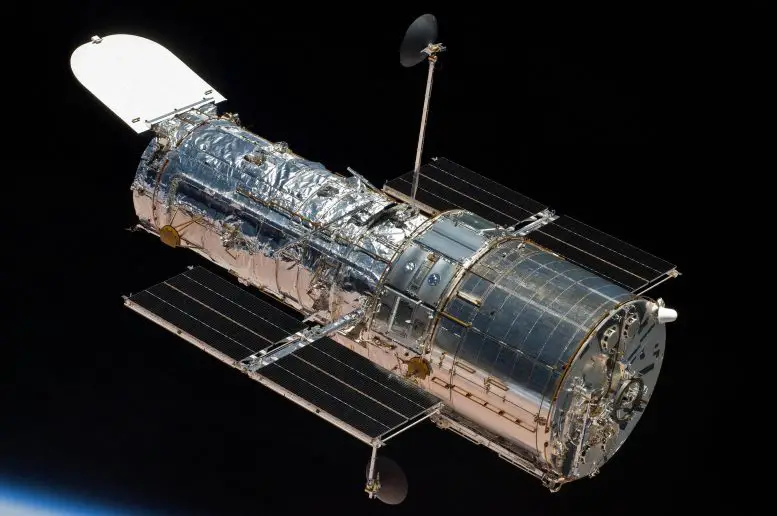The Hubble Space Observatory has returned to scientific observations after being in safe mode for a week due to the malfunction of one of three working gyroscopes. In April, Hubble celebrated its 34th anniversary in orbit. It had been there for so long that it was bound to fail. But still, the technical condition of the observatory allows us to rely on at least two more years of observations.
Four gyroscopes (one spare) were planned and installed as part of the Hubble observatory. During the telescope’s maintenance by the astronaut team in 2009, six new gyroscopes were installed at the observatory. In fact, these are flywheels on the motors that help direct the telescope to given targets with adjustable rotation speed. In practice, this is a complex mechanism consisting of a closed cylinder floating in a thick liquid.
Inside the cylinder, a wheel rotates at 19,200 rpm, which gives the Hubble the necessary slippage and provides greater stabilization. Wires as thick as a human hair are connected to the electric motor inside the cylinder. Electronics inside the gyroscope register very slight movements in the wheel axis and transmit this information to the Hubble central computer. The bearing in the “reaction” wheel is gas, which ensures wear-free operation.
To date, three gyroscopes are operational in the telescope’s guidance system. One of them started failing early last year, transferring incorrect data to the computer. He scored again on April 23, 2024, putting the telescope into safe mode. However, on April 29, the systems were restored and the telescope exited safe operating mode and began observations. Theoretically, the telescope would remain steerable even if only one gyroscope remained operational. NASA developed a targeting scheme for this situation.
Note that NASA did not specify which systems failed. In addition to sensor flywheel motors, the telescope’s control and stabilization system also includes electromagnetic sensors, also called gyroscopes.













